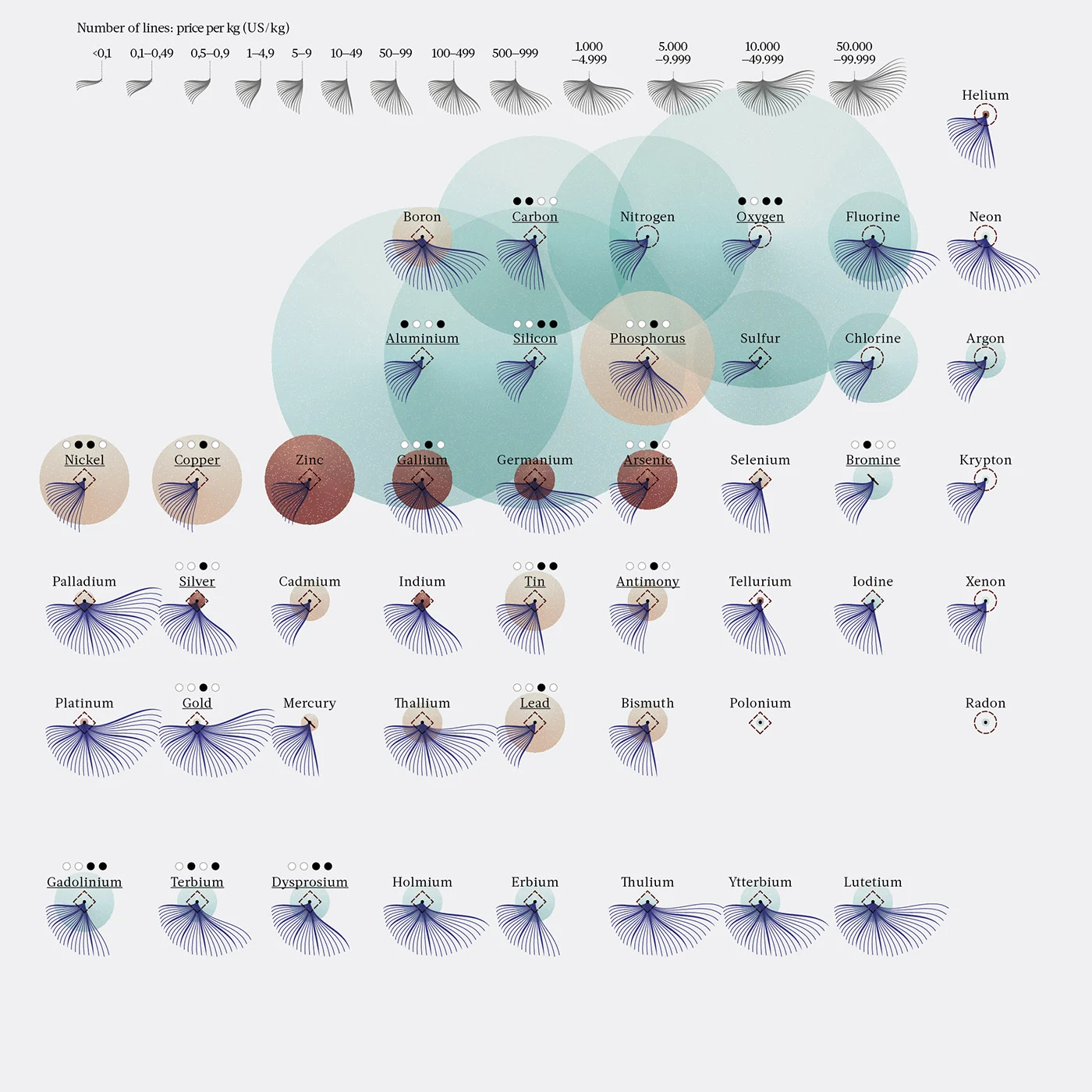Certain elements in the periodic table are considered endangered or scarce due to limited natural abundance and high demand for various industrial and technological applications. These elements are often referred to as "critical elements" or "strategic elements" because their scarcity can have significant economic and geopolitical implications.
One such element is rare earth elements (REEs), a group of 17 elements that includes lanthanides and scandium. REEs are crucial for the production of high-tech products like smartphones, electric vehicle batteries, and renewable energy technologies. China currently dominates the global supply of REEs, raising concerns about supply chain vulnerabilities and price volatility.
Another critical element is helium (He), which is essential for applications like MRI machines, semiconductor manufacturing, and scientific research. Helium is relatively rare on Earth and is often extracted from natural gas reserves. Ensuring a stable supply of helium has become a concern for industries and researchers worldwide.
Lithium (Li) is another element in high demand due to its role in lithium-ion batteries used in portable electronics and electric vehicles. As the transition to electric mobility accelerates, securing a reliable supply of lithium has become increasingly important.
Other elements like indium (In), cobalt (Co), and platinum group metals (PGMs) are also considered critical due to their use in electronics, catalysts, and clean energy technologies. Ensuring a sustainable supply of these elements is a growing challenge, as their extraction and refining processes can be environmentally damaging.
Below is the periodic table of the elements in danger was designed by Federica Fragapane for the BBC Science Focus.
The substances depicted on the inphographic have been used to make everything from rocket fuel to raincoats, but our over-reliance on some – especially those used in smartphones – is starting to put a strain on resources.
For each element have been visualized the total abundance on Earth, scarcity, price per kg, state at room temperature and part of the smartphone the element is used in.
Efforts are underway to diversify sources, recycle, and develop alternative materials for these critical elements to reduce their scarcity risks and minimize the dependence on a few suppliers. Sustainable mining practices, increased recycling rates, and the exploration of new mineral resources are some of the strategies being pursued to address the scarcity of these essential elements.
To learn more about chemical element periodic table see:




This post may contain affiliate links. As an Amazon Associate, I earn from qualifying purchases.